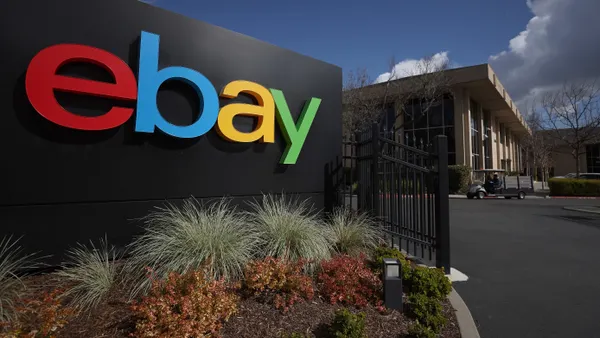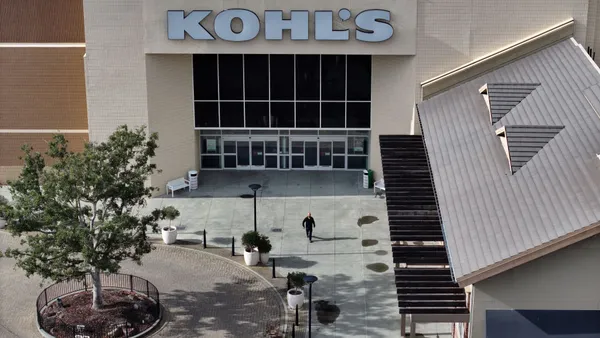Dive Brief:
-
A report by RBC Capital Markets emailed to Retail Dive explored how Amazon Go could change the convenience store shopping experience and the possibility that the concept could expand to Whole Foods stores or be licensed to other companies. RBC estimated that the average Amazon Go store generates between $1.1 million and $1.95 million in revenue annually, based on an estimated average range of between 400 and 700 shoppers per day spending about $10 per transaction, according to the report.
-
Based on the revenue estimates in that report, Amazon Go stores could generate $4.5 billion in revenue by 2021 if the company proceeds with a reported plan to open as many as 3,000 locations in the next few years, as first estimated by Recode.
-
Meanwhile, the roughly 155,000 traditional convenience stores are believed to average about $1.03 million in inside (non-fuel) sales, excluding tobacco sales, according to RBC.
Dive Insight:
The possibility of $4.5 billion in revenue is based on the potential for Amazon to open as many as 3,000 of these stores in the next few years. That number comes from a Bloomberg report from last September, which stated that Amazon at that point was "considering" such a plan. However, Amazon didn't comment on that report at the time, and has never publicly confirmed it would open that many stores.
RBC's report includes first-hand experience that analysts conducted by making trips to Amazon Go stores and observing foot traffic to and from stores and activities of other shoppers. The RBC report confirms what the retail sector already knows about Amazon Go, the nine existing stores in the Amazon Go family and the experience of shopping in these stores.
The analysis also suggested that traditional convenience stores of around 1,800 square feet —similar to the size of existing Amazon Go stores — currently generate an average of about $570 per square foot, while the average Amazon Go store is estimated to generate closer to $853 per square foot. This data comes on the heels of Amazon experimenting with smaller format stores, including one that was opened in Seattle that was reportedly only 450 square feet. This difference shows that Amazon is reinventing the convenience store business model regardless of how many stores it plans to build and how soon.












